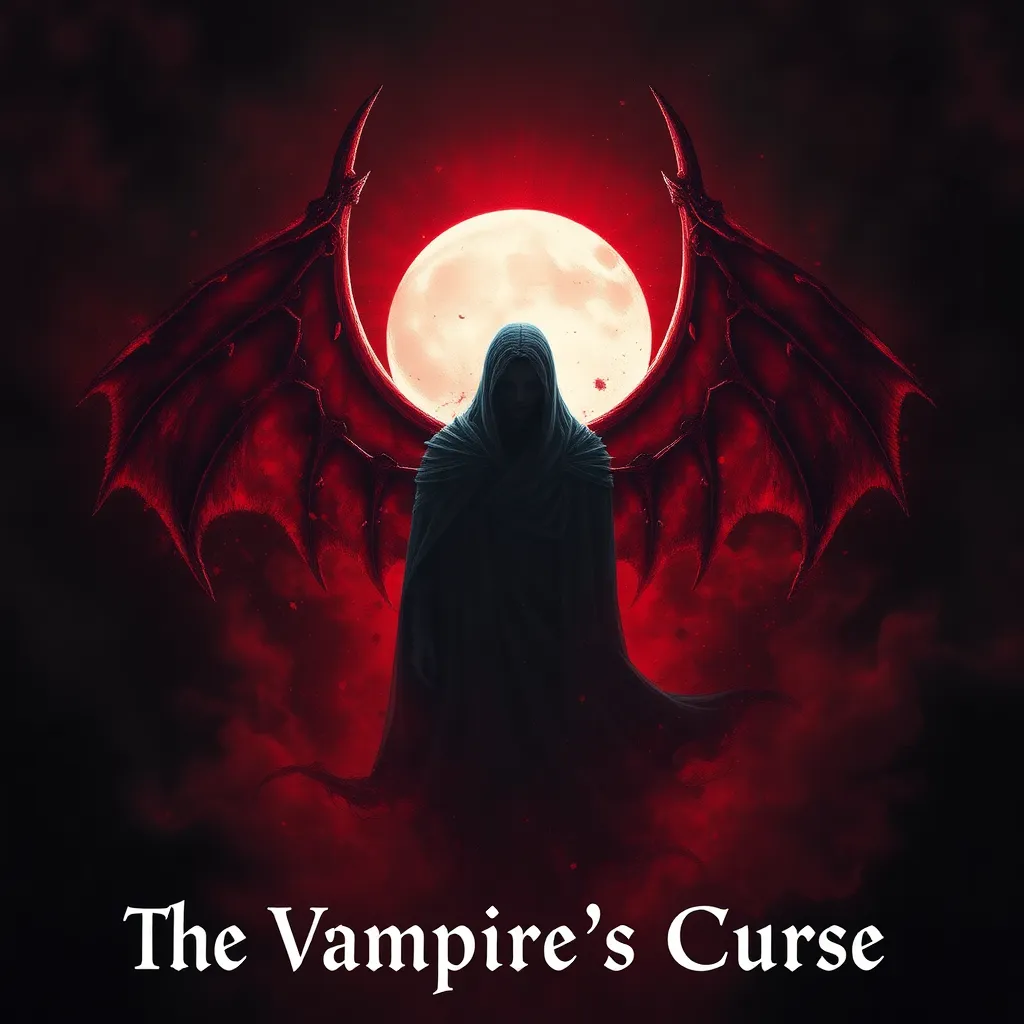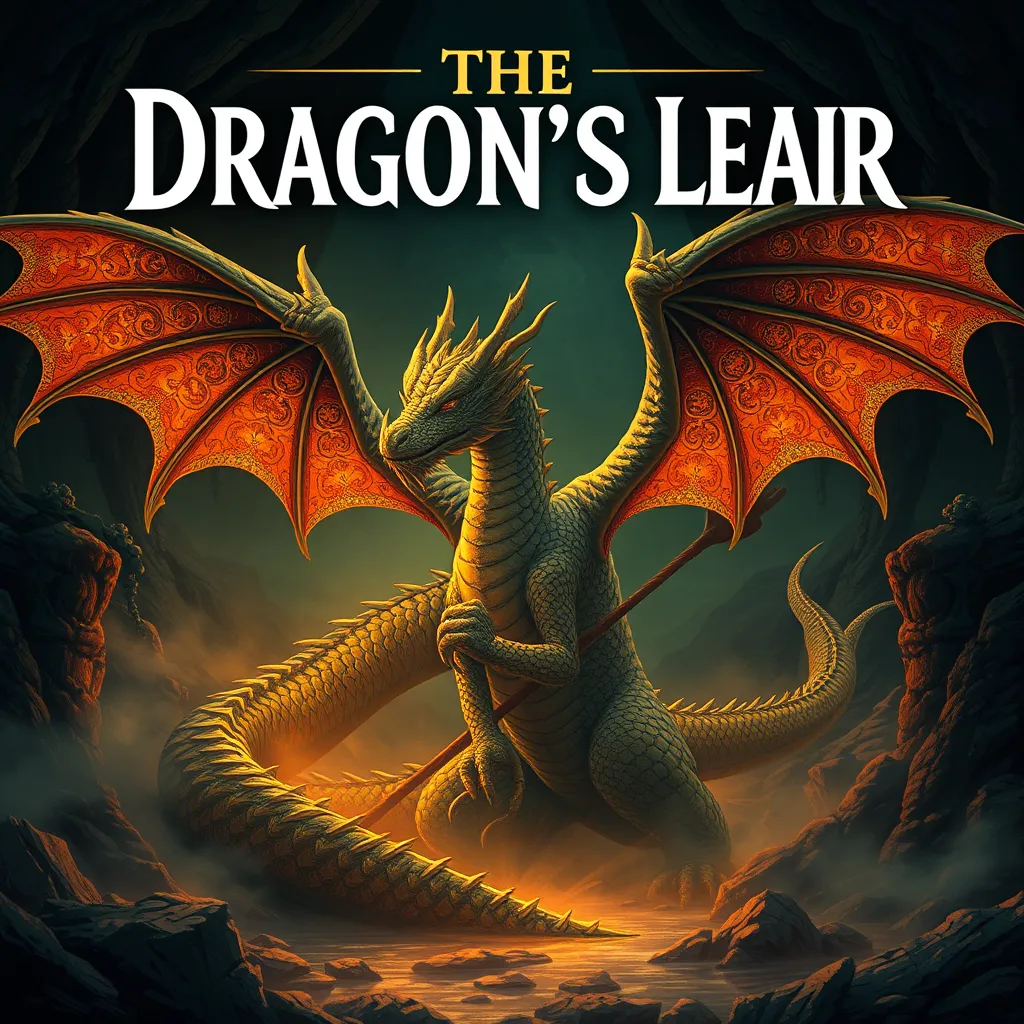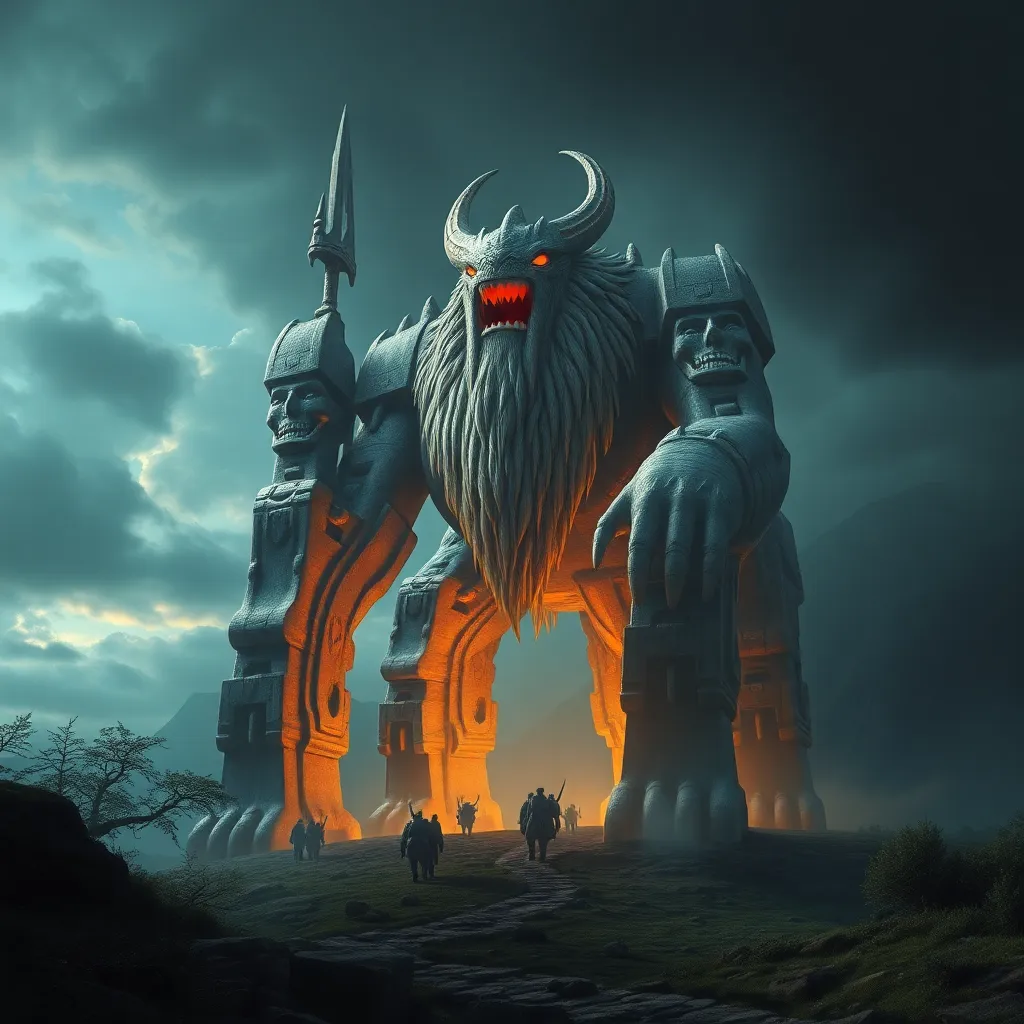The Vampire’s Curse: Understanding the Origins and Symbolism of Vampire Transformations
I. Introduction
The mythology of vampires has captivated human imagination for centuries, weaving tales of fear, desire, and the supernatural. From ancient folklore to modern cinema, the figure of the vampire has transformed, yet its core allure remains unchanged. Understanding the transformations of vampires not only enriches our appreciation of these stories but also reveals deeper truths about our own nature.
This exploration of vampire transformations delves into the historical origins, cultural variations, and symbolic meanings embedded in vampire lore. By examining these aspects, we can uncover the broader implications of the vampire curse and its relevance to contemporary society.
II. Historical Origins of Vampire Lore
A. Ancient civilizations and their vampire-like entities
The roots of vampire mythology can be traced back to ancient civilizations, where various cultures had entities resembling modern vampires. For example:
- The Sumerians spoke of the “ekimmu,” restless spirits that fed on the living.
- The ancient Greeks had tales of “lamia,” a woman who devoured children and drank blood.
- In Slavic folklore, the “upir” was a malevolent spirit that returned from the dead to feast on the living.
These early examples reflect humanity’s fear of death and the unknown, which later evolved into more complex narratives surrounding vampires.
B. The evolution of vampire myths through the Middle Ages
During the Middle Ages, vampire myths became more pronounced, especially in Europe. The Black Death and subsequent plagues led to a surge in superstitions, and many believed that vampires were responsible for the deaths of their loved ones. Notable events include:
- The public executions of supposed vampires, often leading to the staking of corpses.
- The writings of scholars like Thomas Ady, who documented vampire legends and debunked them.
- The panic surrounding figures like Vlad the Impaler, who contributed to the vampire archetype through his brutal reputation.
C. Cultural variations in vampire legends
As cultures interacted and evolved, so too did the vampire myth. Different regions developed unique interpretations, including:
- The “Chupacabra” in Latin America, a creature that drains the blood of livestock.
- The “Jiangshi” in Chinese folklore, a reanimated corpse that feeds on the life force of the living.
- The “Strigoi” in Romanian culture, spirits of the dead that can rise from their graves.
These variations highlight the universal themes of death and transcendence found in vampire lore.
III. The Process of Transformation: Myth vs. Reality
A. Common themes in vampire transformation stories
Vampire transformation stories often share common themes, such as:
- The loss of humanity and the embrace of predatory instincts.
- The initiation process, often involving a bite or blood exchange.
- The struggle between the desire for immortality and the moral implications of vampirism.
B. The biological and supernatural aspects of vampirism
While vampires are supernatural entities, their transformations often contain biological elements. For instance, the idea of blood consumption as a means of survival mirrors real-world parasitic relationships. This blending of the biological with the supernatural allows for a rich exploration of identity and existence.
C. Analysis of transformation scenes in literature and film
In literature and film, transformation scenes serve as pivotal moments that encapsulate the essence of vampirism. Noteworthy examples include:
- Dracula’s transformation in Bram Stoker’s novel, which highlights the allure and horror of becoming a vampire.
- Buffy the Vampire Slayer’s portrayal of character transformations, reflecting personal growth and struggle.
- The Twilight series, where transformation is romanticized, emphasizing themes of love and choice.
IV. Symbolism of Vampire Transformations
A. Representations of immortality and eternal life
Vampire transformations symbolize the human desire for immortality. They embody the allure of eternal life, but this comes with a price: the loss of humanity. This duality serves as a poignant reminder of our mortality and the natural cycle of life and death.
B. The duality of human nature: predator vs. prey
The transformation into a vampire also reflects the duality of human nature. Vampires often represent the predator, driven by instinct and hunger, while their victims embody innocence and vulnerability. This dynamic raises questions about morality, power, and the human condition.
C. Societal fears and desires reflected in vampire transformations
Vampire transformations mirror societal fears, such as the fear of death, loss of control, and the unknown. They also represent desires for power, freedom, and transcendence. As society evolves, so too do the fears and desires projected onto the vampire myth.
V. Psychological Interpretations of the Vampire Curse
A. The vampire as a metaphor for addiction and desire
Psychologically, vampires can symbolize addiction and the insatiable desire for fulfillment. The act of consuming blood parallels the cycle of addiction, where the vampire’s thirst becomes a metaphor for human cravings that are often destructive.
B. Transformation as a reflection of personal trauma
Transformation into a vampire can also be interpreted as a manifestation of personal trauma. The loss of humanity and the embrace of darkness often mirror the psychological struggles individuals face, making the vampire a complex figure of both horror and empathy.
C. The allure of the vampire archetype in psychology
The vampire archetype continues to be a compelling figure in psychology, representing forbidden desires, fears, and the exploration of identity. This allure prompts individuals to confront their own shadows and the darker aspects of their psyche.
VI. The Role of Gender in Vampire Transformations
A. Gendered portrayals of vampires in literature and media
Gender plays a significant role in the portrayal of vampires. Traditionally, male vampires often symbolize power and seduction, while female vampires can represent both allure and danger. This duality allows for varied interpretations of gender dynamics within vampire narratives.
B. Feminist interpretations of transformation narratives
Feminist interpretations of vampire transformations highlight themes of empowerment and victimization. Female vampires can embody both the strength and vulnerability of women, challenging societal norms and expectations.
C. The impact of gender on the symbolism of vampirism
The interplay of gender in vampire lore shapes its symbolism, influencing how society perceives power, sexuality, and morality. This impact continues to resonate in contemporary vampire narratives, reflecting ongoing discussions around gender and identity.
VII. Contemporary Representations of Vampire Transformations
A. Modern adaptations in film and literature
In contemporary media, vampire transformations have evolved, reflecting changing societal values. Films like “Let the Right One In” and series such as “What We Do in the Shadows” offer fresh takes on the vampire mythos, blending horror with humor and social commentary.
B. The evolution of vampire characters in pop culture
Modern vampire characters often possess complex personalities, showcasing a range of emotions and ethical dilemmas. This evolution allows for deeper storytelling that resonates with contemporary audiences.
C. How contemporary society shapes vampire mythology
Contemporary society influences vampire mythology through the lens of technology, globalization, and cultural exchange. The blending of genres and narratives allows for a rich tapestry of stories that reflect modern fears, desires, and identities.
VIII. Conclusion
In conclusion, the exploration of vampire transformations reveals a rich tapestry of historical origins, symbolic meanings, and psychological interpretations. From ancient folklore to contemporary adaptations, the vampire curse endures as a powerful metaphor for human experiences.
The fascination with vampires continues to thrive, reflecting our enduring fears and desires. As we navigate a world filled with ambiguity, the vampire serves as a reminder of the complexities of existence and the eternal struggle between light and darkness.
Ultimately, the significance of the vampire curse lies not only in its horror but in its ability to provoke thought, challenge norms, and explore the depths of the human psyche.



